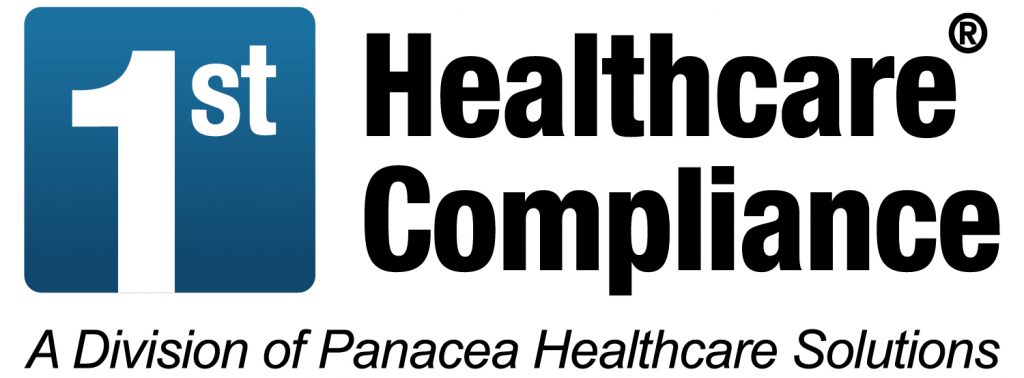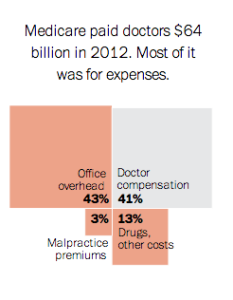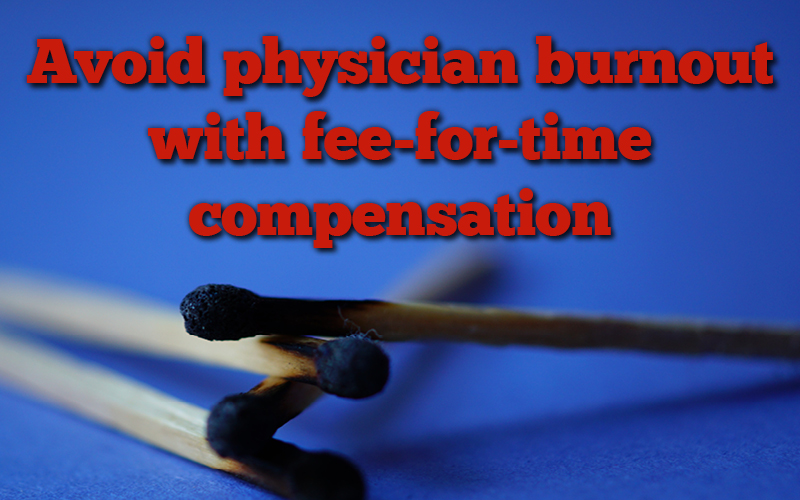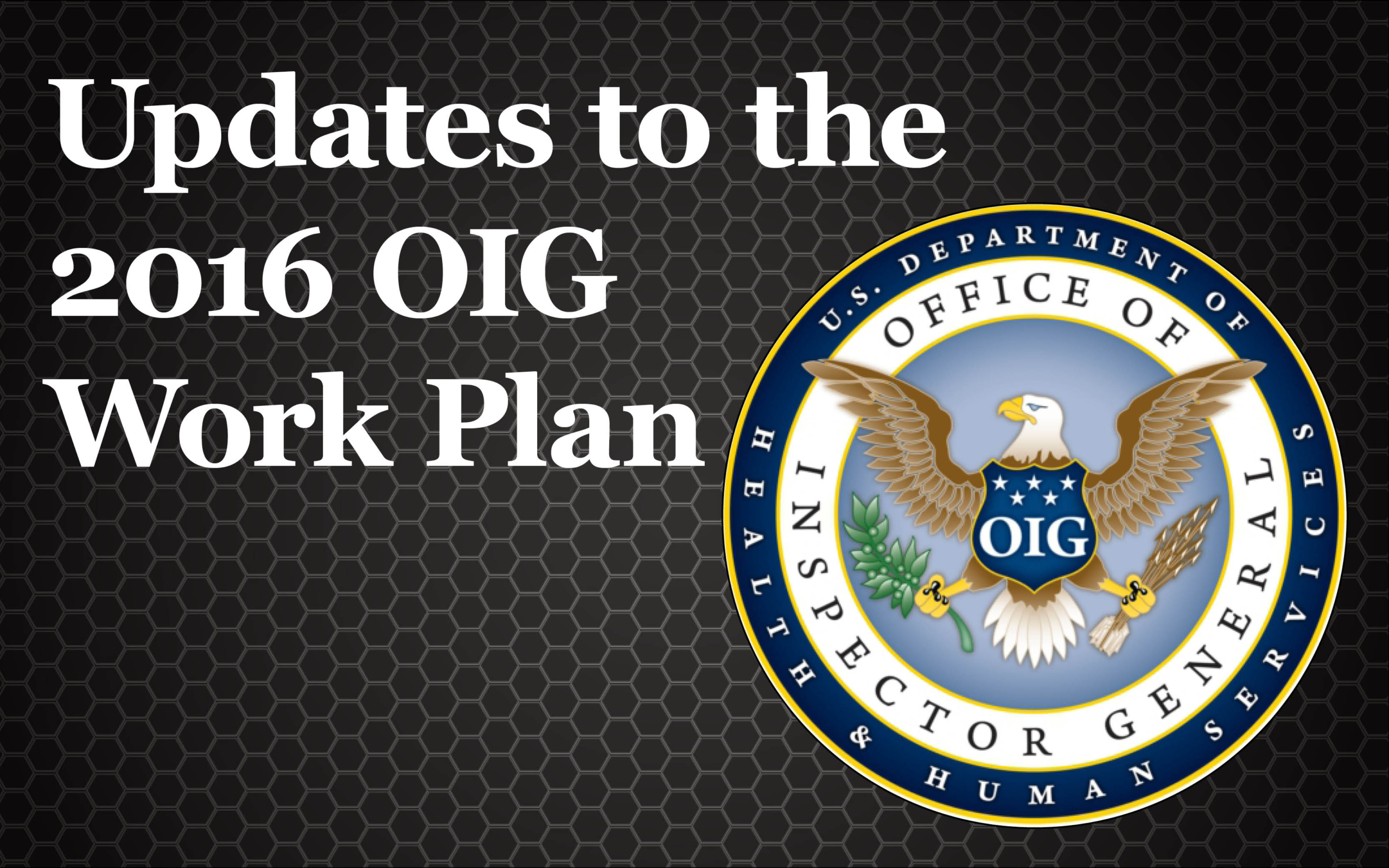What The Medicare Claims Data Could Mean To Your Practice
The recently released information on physicians’ billing practices with Medicare has sparked some interesting discussion on the data analysis. In 2012, 880,000 healthcare providers billed Medicare for $77B.
A rheumatologist listed as a “Medicare Top Biller” describes the potential for the public to misconstrue the data without knowing all of the factors involved in billing for services. Specifically, the data does not clearly reveal the percentage of Medicare patients comprising the practice, significant overhead costs such as providing infusion services, which may include the high costs of infusion medications and the number of physicians in the practice receiving total reimbursement. Although the particular practice’s Medicare reimbursement total was very high, these numbers do not compare the significantly higher price of similar services reimbursed if performed in a hospital setting.
Since 1979, Medicare claims data on physicians could not be released to the public, however this decision reversed in May 2013.
Simply, Jonathan Blum of CMS wants the public’s help in reviewing physician’s payment data and reporting any suspected fraud waste or abuse. According to Sen. Chuck Grassley “if doctors know that each claim will be publicly available, it might deter some wasteful practices and overbilling”.(Introduction of the Medicare Data Access for Transparency and Accountability Act June 18, 2013)
According to Washington Post (J.Millman April 2014), the top 10 Medicare billers received $121.4 million in 2012 with $61.9 million going toward drugs and other related costs. Unfortunately, there is a Medicare-driven financial incentive for some physicians to choose a more expensive medication due to the reimbursement structure tied to a percentage of the drug cost. This is likely a reason that the ophthalmologists and oncologists tend to be toward the top of the Medicare biller list.
Here are a few facts about top billers now under investigation:
– An oncologist has been arrested for Medicare fraud including false claims and kickbacks.
-HHS has also reviewed 303 physicians who were each paid over $3 million by Medicare.
- 75% of these providers were in internal medicine, radiation oncology and ophthalmology
- 30% are located in Florida
- 34% of those reviewed were identified for improper payment reviews with $34 million dollars in overpayments
- 3 of these providers have since had their licenses suspended and two have been indicted
Currently, the Federal Government is recouping more than 8$ for every 1$ spent on fraud, waste and abuse. Regardless of the correct interpretation of the Medicare claims data, this transparency serves as a warning to all healthcare providers that the public is on the look out for health related fraud. There is a continually growing awareness of the large percentage of settlements received by employees in whistleblower cases. A recent example of a False Claims settlement with Amedisys brought the whistleblowers upwards of 26 million dollars.
Although the Medicare claims data on physicians may be misleading, it seems reasonable to assume that the investigators and auditors are going to start with the top billers. To avoid a potentially devastating financial situation or destruction of a healthcare provider’s reputation, the time has come to institute an effective compliance program. At minimum, an effective compliance program should include ongoing training and education for all employees, internal monitoring and auditing, and implementation of an anonymous reporting system for the employees to report fraud, waste and abuse without fear of retribution.






